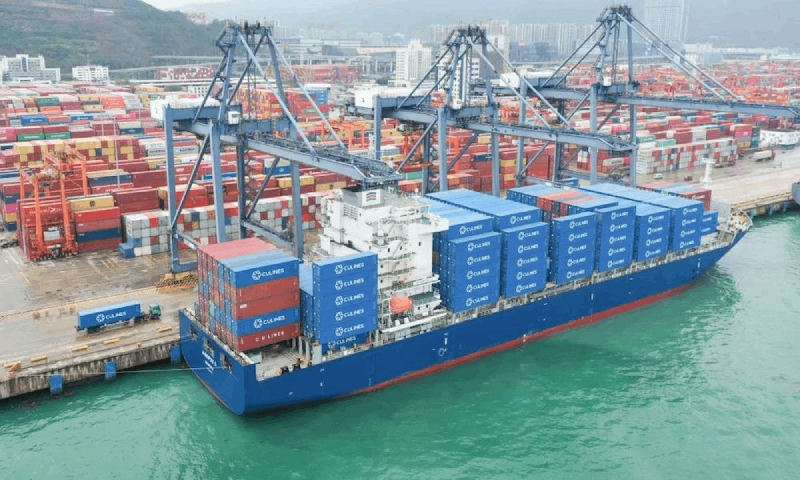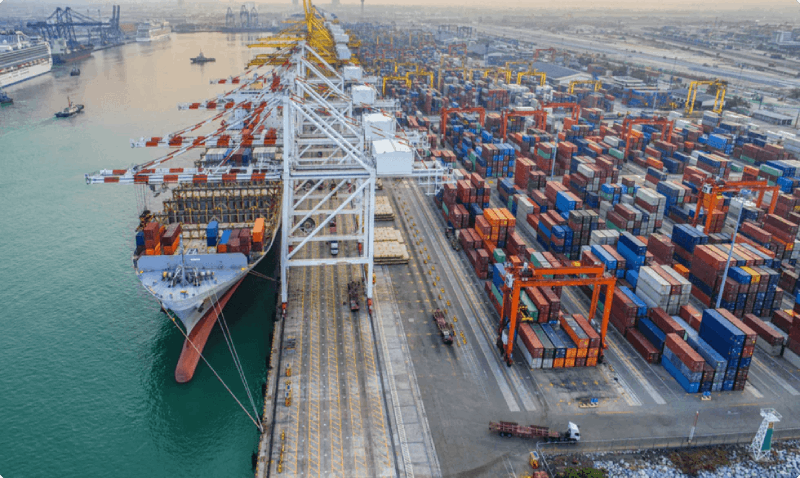Welcome to GLA! Leading the global logistics alliance.


Your location:Home > News > Demand has slowed down, and congestion in major European ports has eased
Time:2022-09-01 Publisher:Kevin Num:6207

It is reported that due to the full warehouse in the European continent and the deterioration of consumer demand, more and more stores of shippers have stored excess inventory, and European shippers are postponing or canceling import orders.
The purchasing managers' index (PMI) of the euro zone released by S & P global in August shows that the demand of European manufacturing industry has dropped sharply, resulting in an increase in the number of unsold goods, because enterprises find it difficult to transfer finished products to their markets.
Andrew Harker, economic director of standard & Poor's global market intelligence company, said in his analysis of the survey data: "in August, the manufacturing industry was still in a state of contraction.
Because enterprises could not transfer products under the environment of declining demand, the finished product inventory accumulated again in a record.
In August, the growth rate of post production inventory in Europe reached the highest level in 25 years, and the accumulation rate reached a record high for the second consecutive month.
"Excess inventory indicates that there is little prospect for manufacturing production to improve in the short term." Andrew Harker said.
Falling demand is one of the main problems faced by European importers, who are trying to reduce excess inventory that affects sales and the ability to meet the minimum quantity commitments (MQCs) agreed with carriers.
The slowdown in demand is reflected in the container imports from China, Europe's largest trading partner, in the first half of this year, and the freight rates of the Asia northern Europe route, which have dropped significantly since January 1.
Based on the latest available data of the container trade statistics bureau (CTS), compared with the first half of 2021, the import volume of Europe from China in the first half of 2022 was 3.84 million TEU, a decrease of nearly 5%, of which January 2022 was the last month to achieve year-on-year growth.

According to the data of the rate benchmark platform xeneta, since January 1, the average spot freight from China to northern Europe with a validity period of 30 days or less has dropped by 38%, and is currently $5030 / TEU, lower than the long-term contract freight level of $5054 / TEU.
According to the latest weekly data produced by the supply chain intelligence company eesea for the port of Rotterdam, the congestion in the port of Rotterdam and the nearby port of Antwerp has improved significantly in the past few weeks.
According to its data, the longest waiting time for container ships in Rotterdam port has decreased from 23.3 days on August 22 to 4 days on August 29.
In the port of Antwerp Bruges, the longest waiting time was reduced to 4.8 days and further reduced to 2.1 days on August 29.
However, the longest waiting time at Hamburg Port was still very high on August 29, 26.7 days, lower than 31.1 days on August 22.
With the conclusion of salary negotiation and the emergence of more labor force, the high yard density has eased, and it is expected that this situation will be greatly improved.
Prev:The number of container ships waiting outside the LA / LB port is extremely decreasingNext:Maersk officially withdrew from Russian container terminal business
Recommended Membership
Latest News